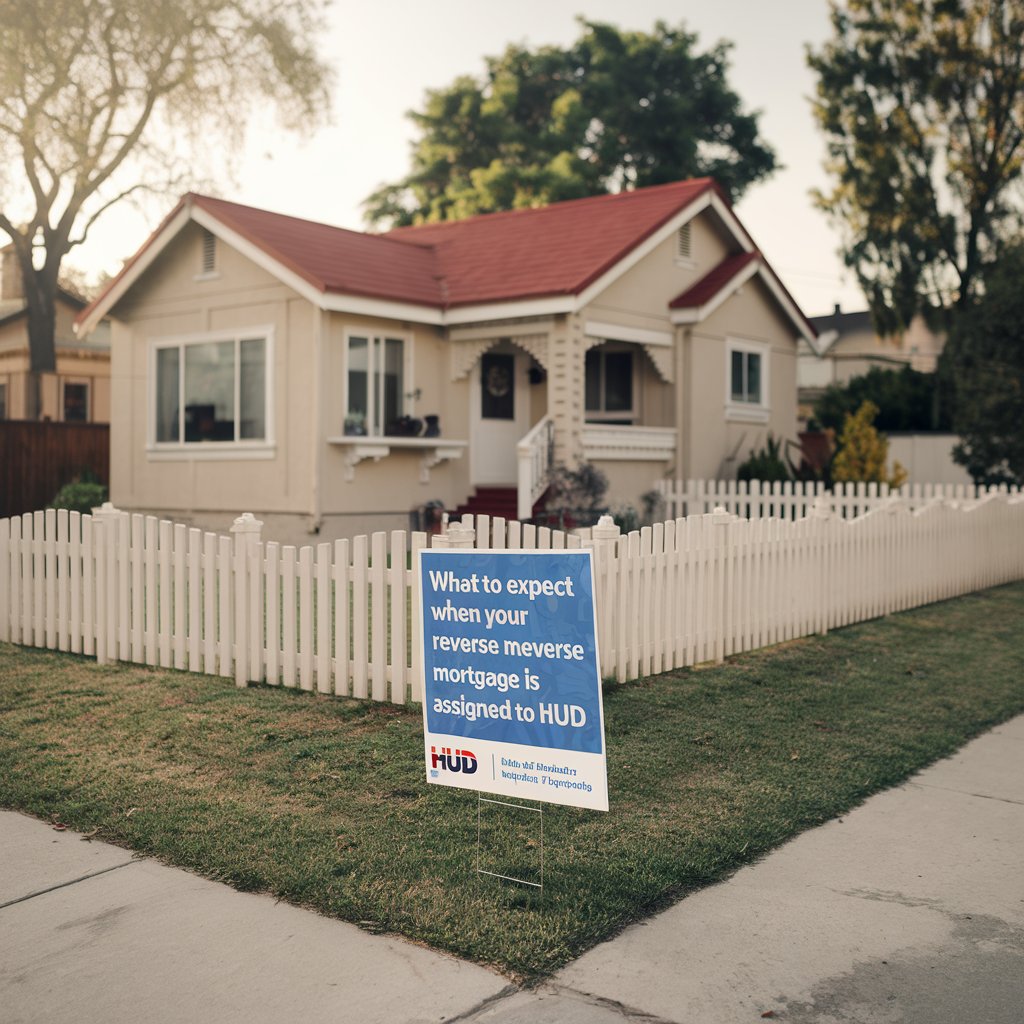Understanding Reverse Mortgage Assignments to HUD
If you’ve received a notice stating that your reverse mortgage is being assigned to the U.S. Department of Housing and Urban Development (HUD), you might be wondering what this means and how it affects you. Many homeowners in California find this process confusing, especially when dealing with servicers that have a reputation for poor communication and foreclosure threats.
Here’s what you need to know to navigate the situation effectively.
Why Lenders Assign Reverse Mortgages to HUD
Reverse mortgages are typically assigned to HUD when the loan balance is close to the original home value or the maximum claim amount. Other reasons may exist, but this is the most common one.
Many homes reach this stage when most of the loan proceeds have been used, and interest has accrued over time. A reverse mortgage is designed to let homeowners stay in their homes without making monthly mortgage payments. However, when the borrower no longer lives in the home, HUD’s servicer moves quickly to settle the loan—often leading to foreclosure if they do not see active efforts to repay the balance.
Timing of Reverse Mortgage Assignments to HUD
Most reverse mortgages are assigned to HUD when little or no equity remains in the home. Since delaying increases losses, HUD prefers that heirs repay the loan. However, many heirs do not immediately take action, leading to potential foreclosure.
HUD will typically order an appraisal to determine the property’s current market value. If no steps have been taken to transfer ownership from the deceased borrower, HUD assumes that repayment is not in progress.
Due to privacy laws, reverse mortgage lenders and servicers cannot release information to unauthorized individuals. They can only provide details if they receive written consent from the borrower, a court order, or certification of a trust naming the successor trustee. This legal restriction is often mistaken for intentional obstruction by the lender or servicer.
To avoid complications, it’s crucial to prepare in advance.
Steps to Take to Ensure a Smooth Process
1. Establish Authority with the Loan Servicer
Make sure you have authorization to speak on behalf of the borrower. If your parent is still alive and mentally capable, they should sign an authorization form allowing the lender or servicer to communicate with designated heirs. This step ensures that loan details can be discussed with the appropriate parties before issues arise.
Unfortunately, once a borrower passes or becomes incapacitated, it is too late to obtain this authorization, which can delay the process.
2. Ensure the Trust is in Order
If your parent has a family trust, work with an estate attorney to certify the trust and plan for the transition of ownership. If your parent is incapacitated, the trust may allow you, as the successor trustee, to take over immediately.
Upon their passing, you should already be positioned as the new trustee, enabling you to sell the property or obtain new financing without unnecessary delays.
3. Be Proactive to Prevent Foreclosure
Neither HUD nor the loan servicer wants to foreclose on the home. However, they are bound by legal and financial obligations. If no one is actively working to pay off the loan, they must proceed with foreclosure to recover the remaining loan balance.
Taking proactive steps—such as obtaining authorization, securing trust documentation, and promptly working to repay the loan—will make the process much smoother. If you have legal authority and the home has equity, you should be able to sell the property to repay the loan without issue.
Need Help Navigating a Reverse Mortgage in California?
Understanding reverse mortgages and HUD assignments can be overwhelming, but you don’t have to go through it alone. At Reverse Mortgage California, we specialize in guiding homeowners and heirs through the process, ensuring that you have the support and knowledge needed to protect your home and financial future.
📞 Call us: 909-642-8258
📍 Google Business Profile: https://bit.ly/rmcgbp

